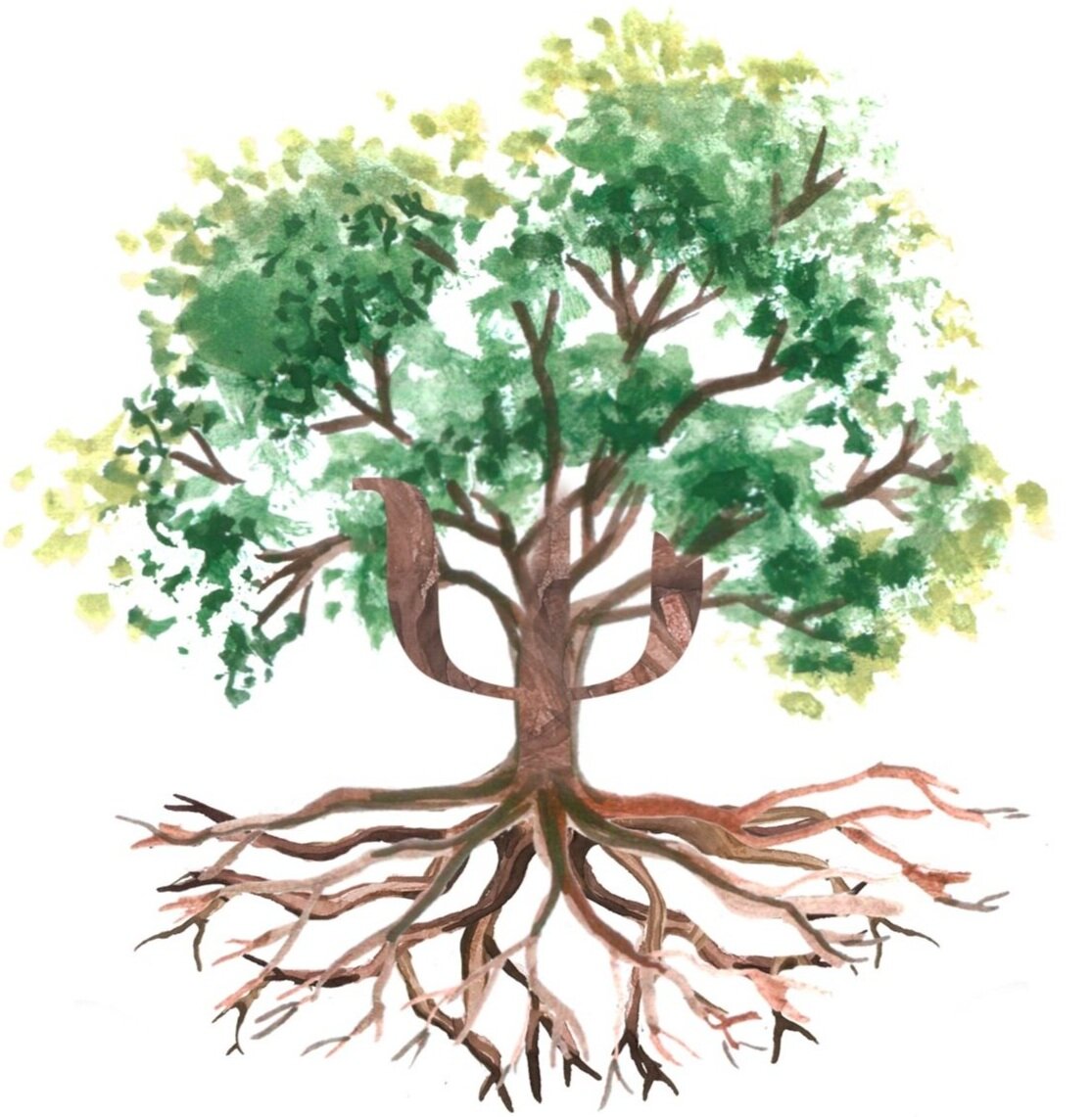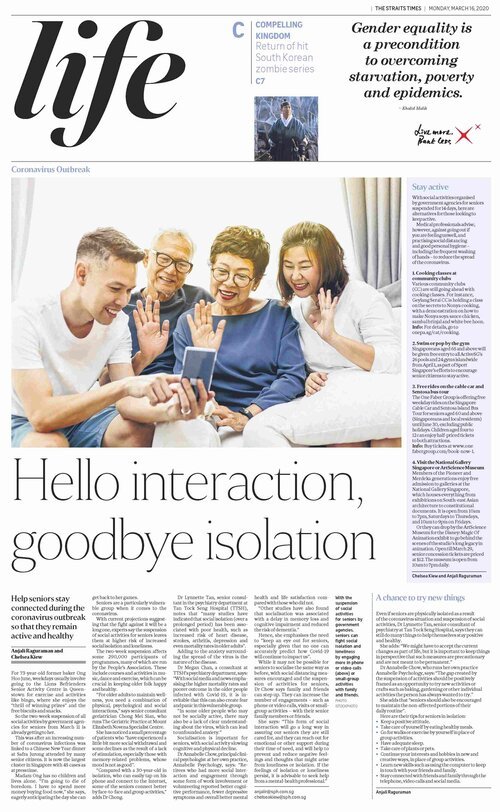Recognising Suicide Risk, Protecting Human Lives
What are the signs associated with suicide risk?
Suicide Rates in Singapore
In Singapore, suicide is among the leading cause of death among the younger population aged 10 to 29. In fact, there has been a rising trend of suicide, with the reported figure of 397 in 2018 being a 10% increase from 2017. This figure is 2.8 times higher than the number of transport accidents in the same year.
What are the warning signs of suicide?
As concerned family and friends, we must be attuned to some of the signs associated with increased suicide risk:
Ψ Health Conditions:
People with chronic or terminal illnesses, as well as mental health conditions, may experience a sense of hopelessness about their life and future. Hence, those with physical and mental health conditions are at a higher risk of suicide.
Ψ Situational Stressors:
People who are going through difficult and stressful events, such as divorce, unemployment, imprisonment, or exposure to violence and death, are at a higher risk for suicide. These events may also place the individuals at a higher risk for developing psychological disorders that could affect their perception and further heighten their suicide risk.
On top of that, people with a history of substance abuse, physical or sexual abuse, social isolation, and past suicide attempts are also at a higher risk for suicide.
Ψ Verbal Cues:
Regardless of what you may think about suicide threats, never take them lightly. When someone you know says that they don’t want to live anymore, it should be taken as a warning sign.
The following are other common verbal cues associated with clinical depression and suicidal ideation to look out for:
Using more first-person pronouns (e.g., I, me, myself): This is reflective of someone who is focused inwardly, which is typically observed in people with high awareness and experience of psychological pain.
Using more absolute terms (e.g., always, never): People who are clinically depressed tend to hold a black-and-white (or all-or-nothing) thinking pattern, suggesting impaired judgement and reasoning.
Speech characterised by guilt and self-blame, isolation and loneliness, as well as feeling tired, trapped and being a burden: When someone is experiencing a lot of pain, each day may seem like a recurrence of the one before and they can find it increasingly difficult to get by as they are unable to break out of the negative loop.
Ψ Behavioural Signs:
Take note if you notice someone you know starting to withdraw from others, neglect their physical appearance or lose interest in activities that they used to find pleasure in. People who have thoughts of suicide also typically give away their treasured possessions, or make a conscious effort to visit their family members and close friends out of the blue. These are common signs of suicide preparations, such as having closure or saying goodbye to loved ones. Other forms of suicide preparations include writing a will, researching on suicide methods, or writing a suicide note.
Understanding suicidal ideation and suicide attempts
Numerous studies have found that:
Most individuals who have suicidal ideation have mixed feelings about suicide; and
They may seek help before a suicide attempt.
As such, we are able to intervene before a suicide attempt is made.
How Do I Help Someone Who Is Suicidal?
Contrary to popular belief, talking about suicide will not increase suicidal thoughts, or put the thought of suicide in their heads. In fact, speaking about suicide helps individuals know that there are people who are concerned about them, and who would want to support and help.
Granted, many of us are uncomfortable with the topic of suicide and we may not know how best to start a conversation about it. How then can you help someone who is suicidal?
Here are some helpful tips when talking about suicide:
Invite the troubled individual to talk about their difficulties and listen without judgement. Withhold the urge to problem-solve or give quick solutions. Remember, they are not looking for advice.
Check on what the troubled individual have been doing to cope, and what resources they have available.
Ask directly: “Are you having thoughts of suicide?”
If they are, encourage them to seek immediate help. For example, they can contact the 24-hr suicide hotline provided by the Samaritans of Singapore (SOS).
If they are not, do still encourage them to seek help from professionals, such as counsellors or psychologists. Offer your support by sourcing for suitable services together, or even accompanying them for their appointments.
Singapore’s decision to decriminalise suicide attempt from 1 January 2020 was widely applauded as a move to support, rather than prosecute, people who are so overwhelmed by their difficulties that they attempt suicide. Indeed, when it comes to suicide prevention, much can be done to promote mental health awareness and encourage help-seeking. We can start by doing our part to support the people around us, and helping to protect the precious lives of those we love.








